MMSci_Table
Dataset for the paper "Does Table Source Matter? Benchmarking and Improving Multimodal Scientific Table Understanding and Reasoning"
📑 Paper
MMSci Dataset Collection
The MMSci dataset collection consists of three complementary datasets designed for scientific multimodal table understanding and reasoning: MMSci-Pre, MMSci-Ins, and MMSci-Eval.
Dataset Summary
- MMSci-Pre: A domain-specific pre-training dataset containing 52K scientific table structure recognition samples
- MMSci-Ins: An instruction tuning dataset with 12K samples across three table-based tasks
- MMSci-Eval: A benchmark with 3,114 testing samples for numerical reasoning evaluation
Framework Overview
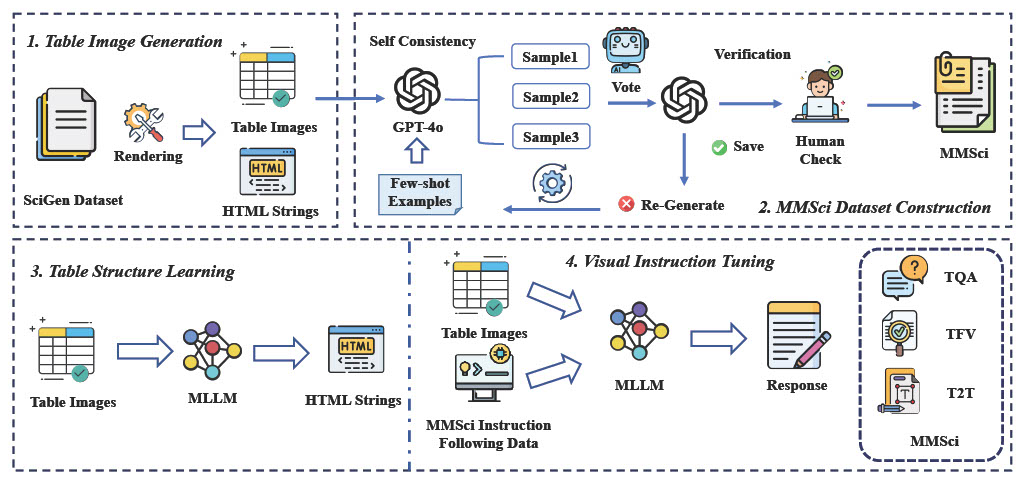 Figure 1: Overview of the MMSci framework showing the four key stages: Table Image Generation, Dataset Construction, Table Structure Learning, and Visual Instruction Tuning.
Figure 1: Overview of the MMSci framework showing the four key stages: Table Image Generation, Dataset Construction, Table Structure Learning, and Visual Instruction Tuning.
Dataset Details
MMSci-Pre
- Size: 52K samples
- Format: Table image-to-HTML pairs
- Source: Scientific papers from SciGen dataset
- Purpose: Table structure learning and alignment of visual features with textual representations
- Features:
- High-quality HTML format tables
- Rendered table images preserving structural integrity
- Complex layouts and relationships from scientific papers
- Focus on tables with significant numerical values
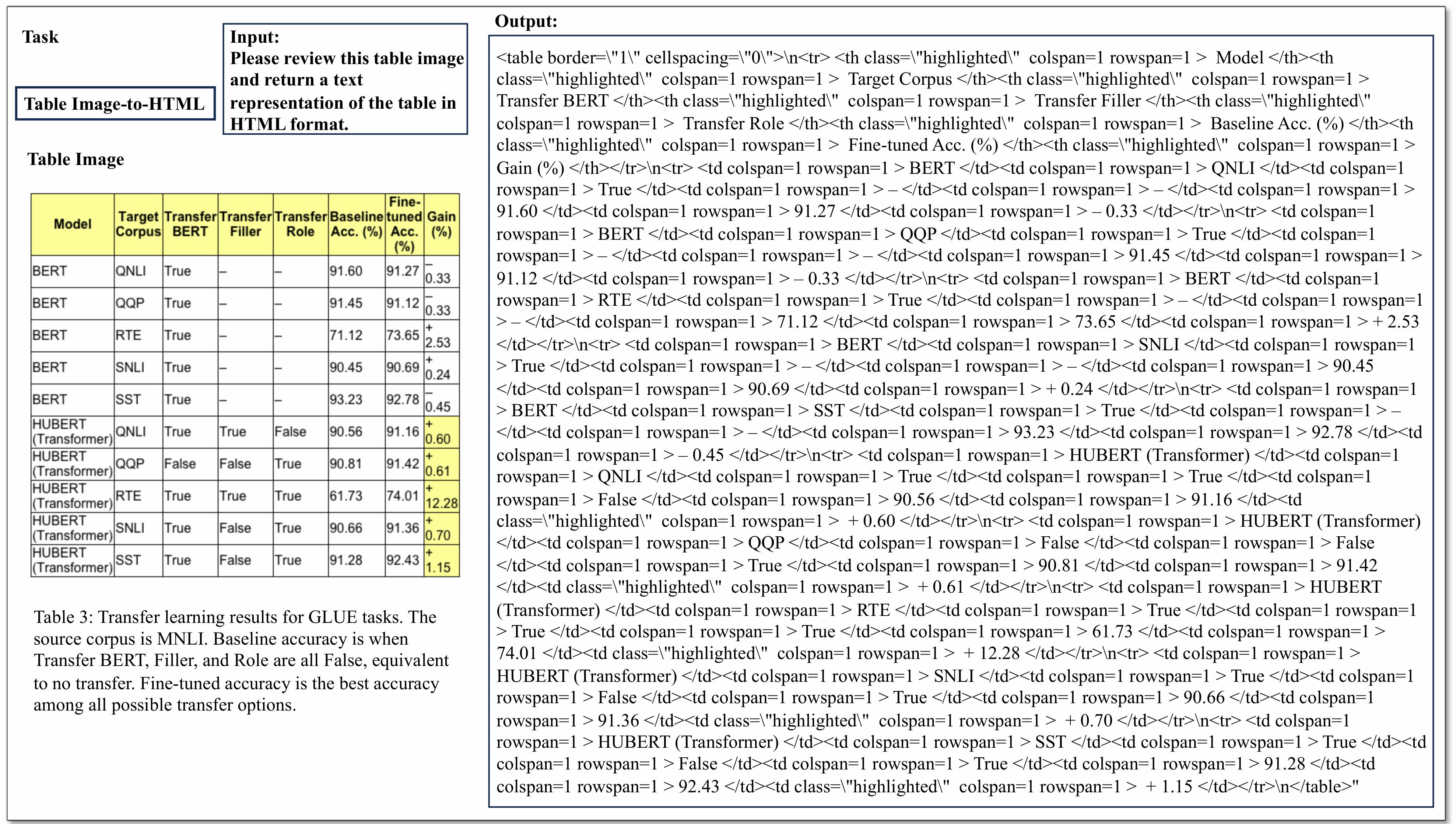 Figure 2: Example from MMSci-Pre dataset showing the table image and its corresponding HTML representation.
Figure 2: Example from MMSci-Pre dataset showing the table image and its corresponding HTML representation.
MMSci-Ins
- Size: 12K samples
- Format: Instruction-following samples with reasoning steps
- Tasks:
- Table Question Answering (TQA)
- Table Fact Verification (TFV)
- Table-to-Text Generation (T2T)
- Features:
- Detailed step-by-step reasoning processes
- Balanced distribution across three tasks
- Each table paired with one TQA, TFV, and T2T task
- Built upon scientific domain tables
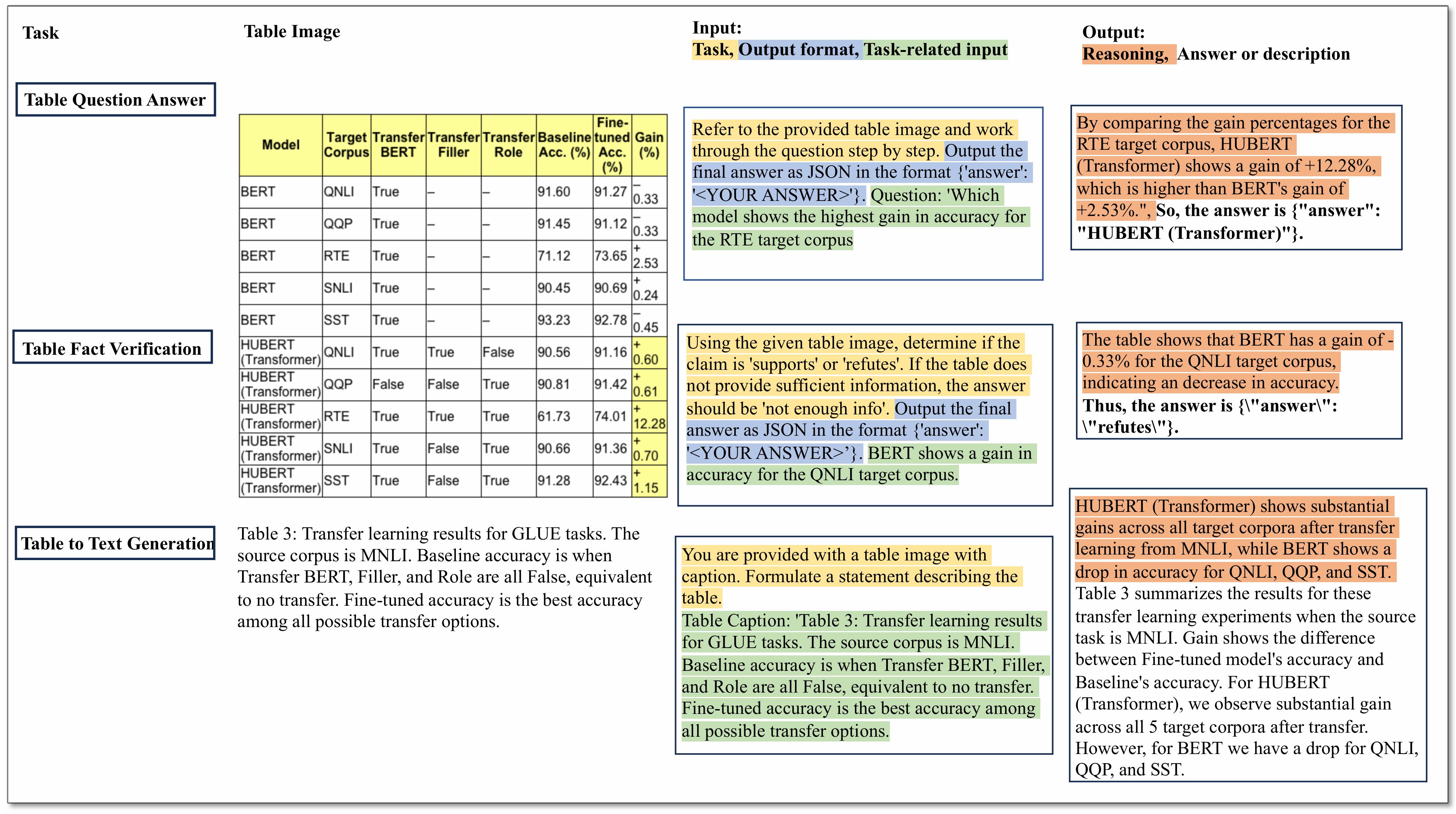 Figure 3: Example from MMSci-Ins dataset showing instruction-following samples across different tasks.
Figure 3: Example from MMSci-Ins dataset showing instruction-following samples across different tasks.
MMSci-Eval
- Size: 3,114 samples
- Purpose: Comprehensive evaluation of numerical reasoning capabilities
- Features:
- Testing samples across TQA, TFV, and T2T tasks
- Focus on numerical reasoning assessment
- Based on SciGen dataset test set
- Diverse reasoning types and complexity levels
Dataset Creation
The datasets were created through a rigorous process:
- Collection of raw tabular data from SciGen dataset
- Transformation of textual tables into HTML format
- Rendering of HTML tables into high-quality images
- Generation of instruction-following samples with reasoning steps
- Quality assurance through balanced task distribution
Intended Uses
- Pre-training multimodal language models for table understanding
- Fine-tuning models for specific table-based tasks
- Evaluating numerical reasoning capabilities in scientific contexts
- Benchmarking table understanding and reasoning systems
Table Question Answering (TQA)
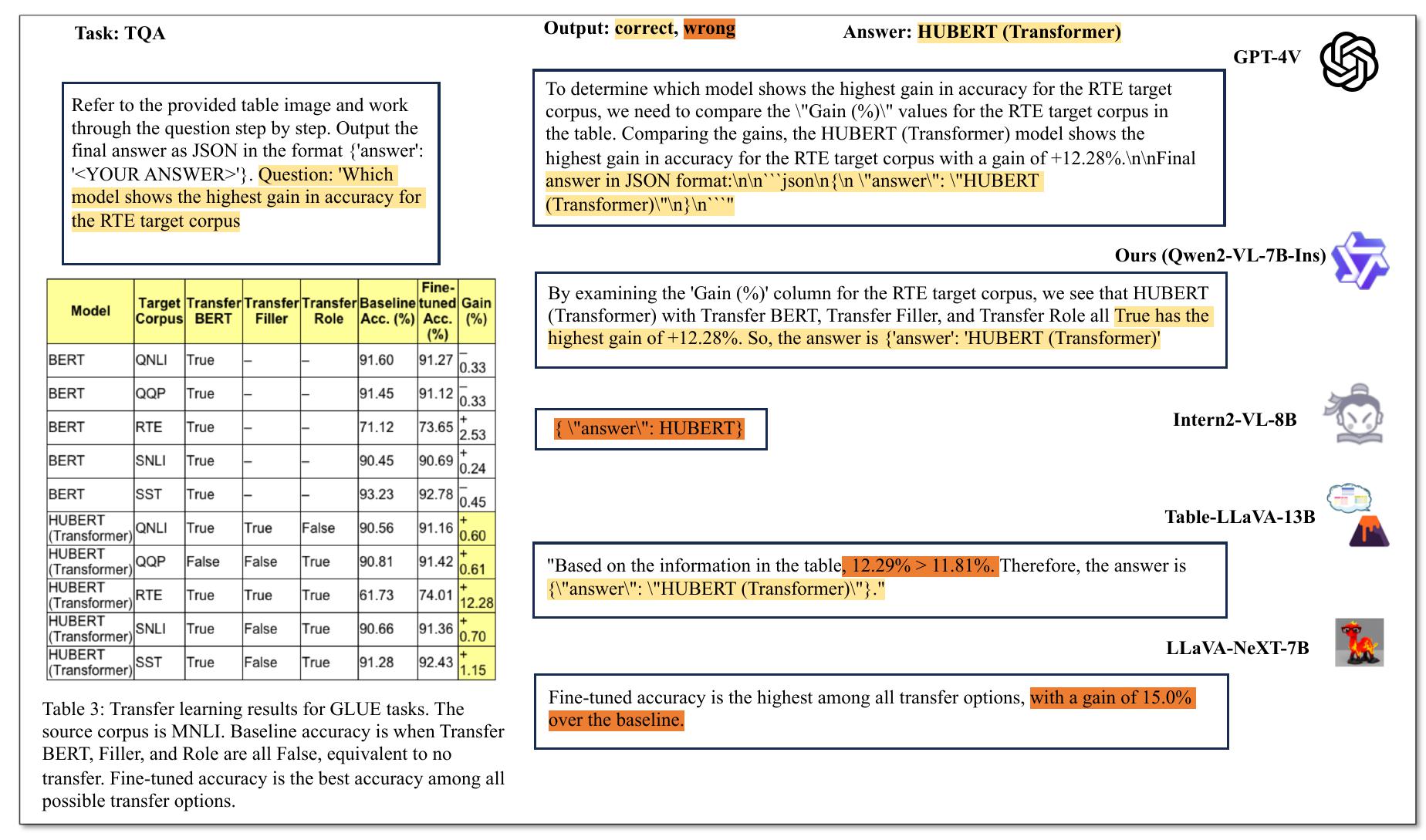 Figure 4: Example of a TQA task showing the question, reasoning steps, and answer.
Figure 4: Example of a TQA task showing the question, reasoning steps, and answer.
Table Fact Verification (TFV)
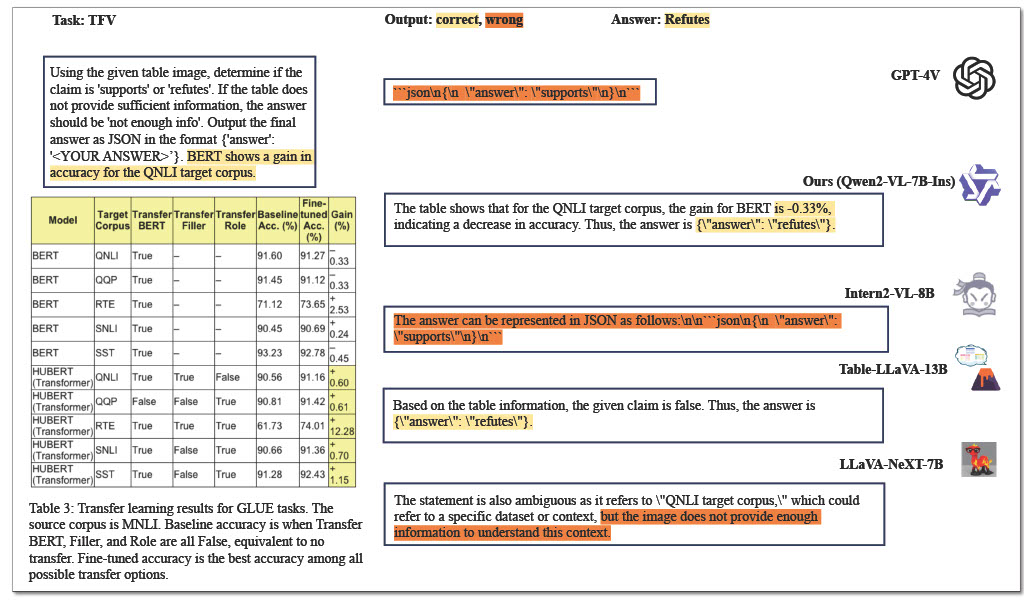 Figure 5: Example of a TFV task showing the statement, verification process, and conclusion.
Figure 5: Example of a TFV task showing the statement, verification process, and conclusion.
Citation
If you found this repository or paper is helpful to you, please cite our paper.
}